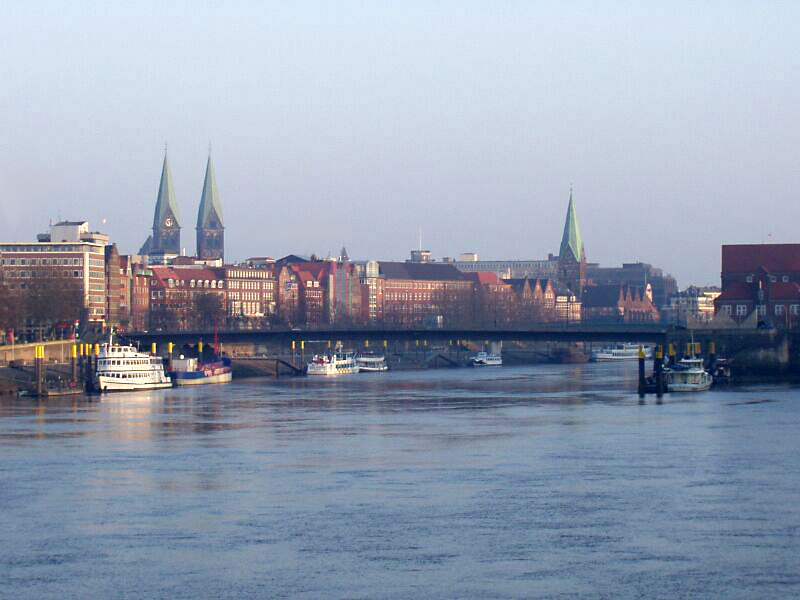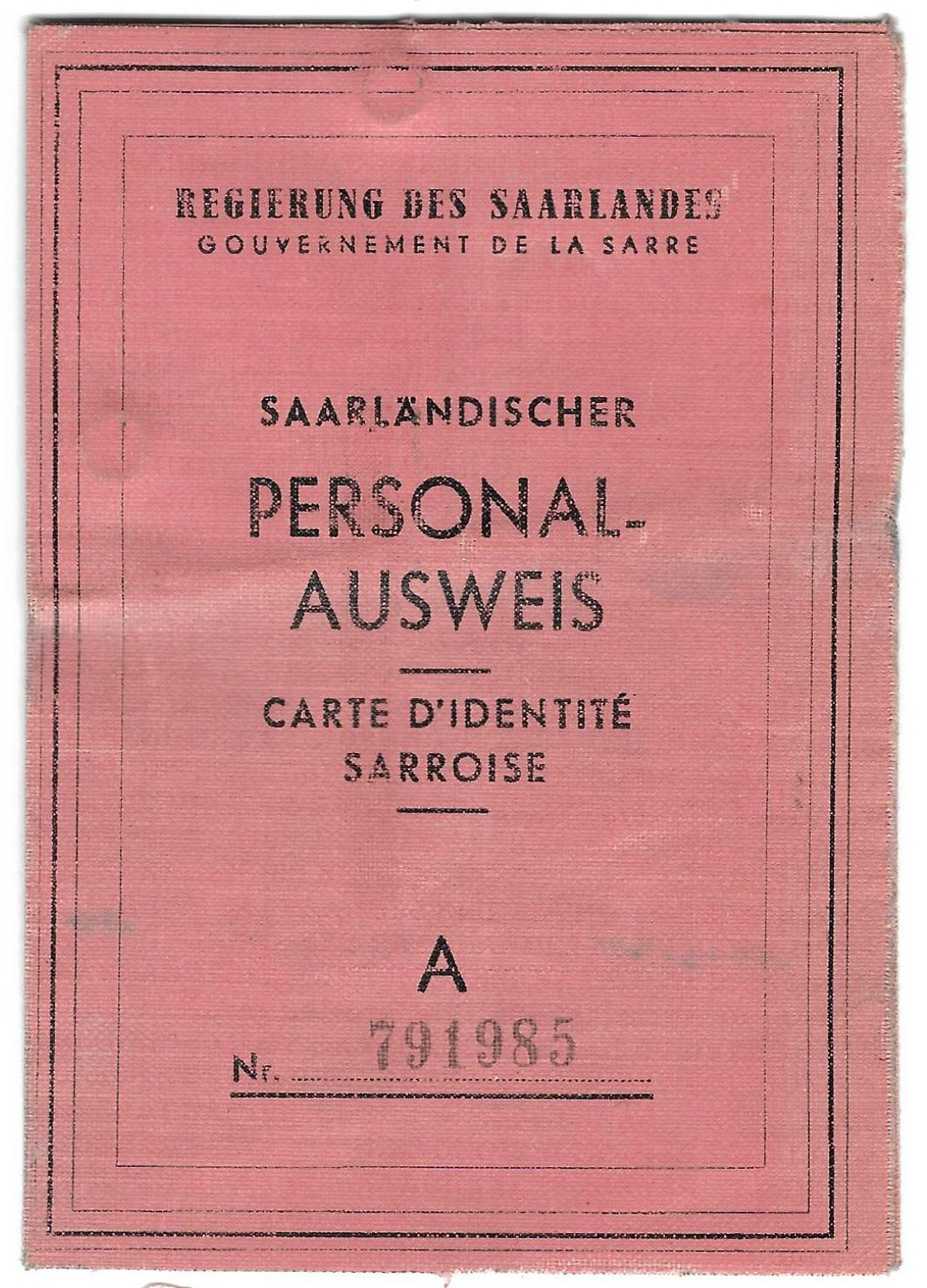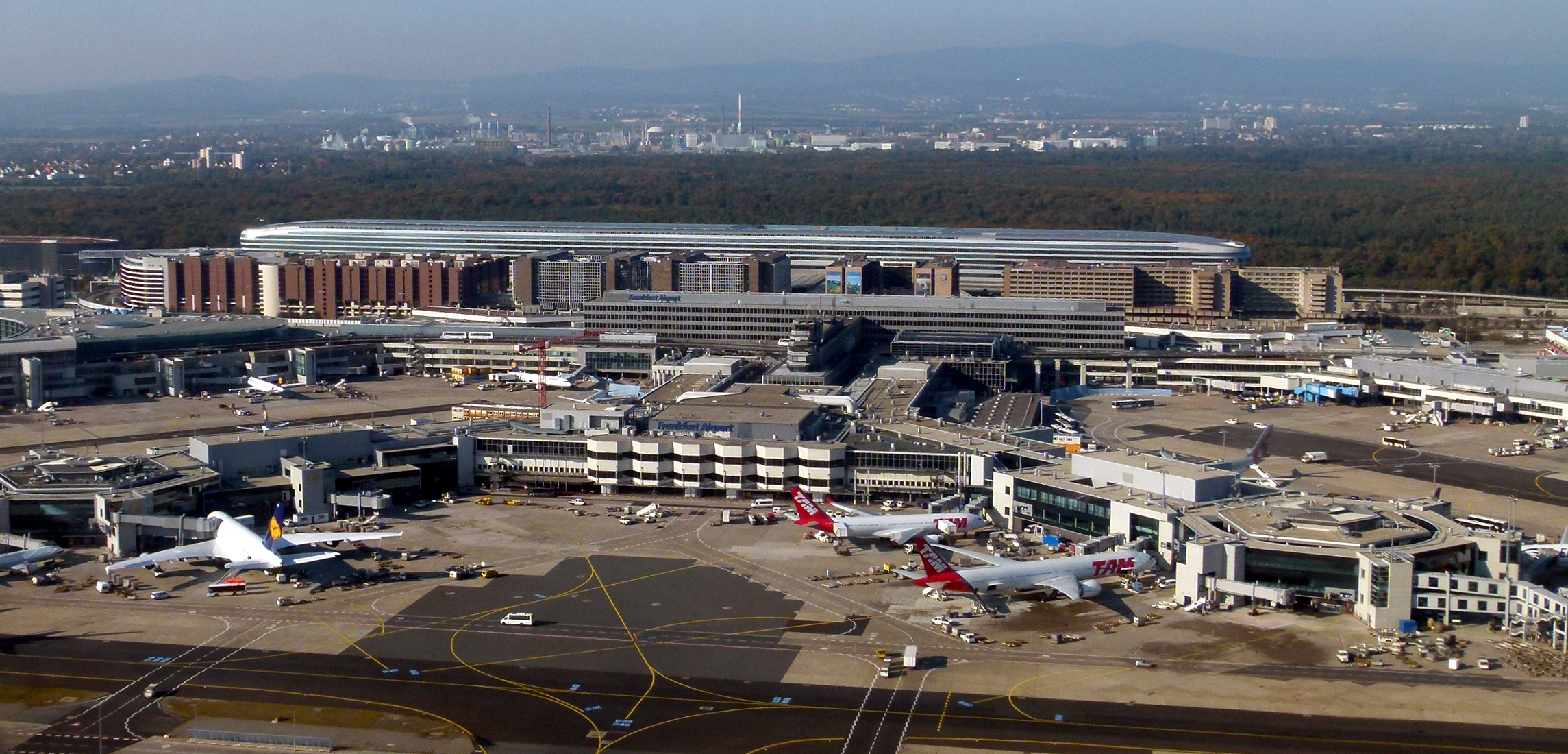|
Bundesstraße 51
The Bundesstraße 51 (translates from German ''Federal road'', abbreviated as B 51) runs from Bremen in south-west direction though Lower Saxony, North Rhine-Westphalia, Rhineland-Palatinate and Saarland Saarland (, ; ) is a state of Germany in the southwest of the country. With an area of and population of 990,509 in 2018, it is the smallest German state in area apart from the city-states of Berlin, Bremen, and Hamburg, and the smallest in ..., and ends at the French border in the town Kleinblittersdorf. See also * Transport in Germany References 051 Roads in Lower Saxony Roads in North Rhine-Westphalia Roads in Rhineland-Palatinate Roads in Saarland {{Germany-road-stub ... [...More Info...] [...Related Items...] OR: [Wikipedia] [Google] [Baidu] |
Bremen (city)
Bremen (Low German also: ''Breem'' or ''Bräm''), officially the City Municipality of Bremen (, ), is the capital of the German state of the Free Hanseatic City of Bremen (), a two-city-state consisting of the cities of Bremen and Bremerhaven. With about 577,000 inhabitants, the Hanseatic city is the 11th-largest city of Germany and the second-largest city in Northern Germany after Hamburg. Bremen is the largest city on the River Weser, the longest river flowing entirely in Germany, lying some upstream from its mouth into the North Sea at Bremerhaven, and is completely surrounded by the state of Lower Saxony. Bremen is the centre of the Northwest Metropolitan Region, which also includes the cities of Oldenburg and Bremerhaven, and has a population of around 2.8 million people. Bremen is contiguous with the Lower Saxon towns of Delmenhorst, Stuhr, Achim, Weyhe, Schwanewede and Lilienthal. There is an exclave of Bremen in Bremerhaven, the "Citybremian Overseas Port Are ... [...More Info...] [...Related Items...] OR: [Wikipedia] [Google] [Baidu] |
Kleinblittersdorf
Kleinblittersdorf (, , in contrast to " Big Blittersdorf"; ) is a village and a municipality in the district of Saarbrücken, in Saarland, Germany. It is situated on the river Saar, opposite Grosbliederstroff in France, approx. 10 km south of Saarbrücken Saarbrücken (; Rhenish Franconian: ''Sabrigge'' ; ; ; ; ) is the capital and largest List of cities and towns in Germany, city of the state of Saarland, Germany. Saarbrücken has 181,959 inhabitants and is Saarland's administrative, commerci .... References Divided cities Saarbrücken (district) {{Saarland-geo-stub ... [...More Info...] [...Related Items...] OR: [Wikipedia] [Google] [Baidu] |
Bremen
Bremen (Low German also: ''Breem'' or ''Bräm''), officially the City Municipality of Bremen (, ), is the capital of the States of Germany, German state of the Bremen (state), Free Hanseatic City of Bremen (), a two-city-state consisting of the cities of Bremen and Bremerhaven. With about 577,000 inhabitants, the Hanseatic League, Hanseatic city is the List of cities in Germany by population, 11th-largest city of Germany and the second-largest city in Northern Germany after Hamburg. Bremen is the largest city on the River Weser, the longest river flowing entirely in Germany, lying some upstream from its River mouth, mouth into the North Sea at Bremerhaven, and is completely surrounded by the state of Lower Saxony. Bremen is the centre of the Northwest Metropolitan Region, which also includes the cities of Oldenburg (city), Oldenburg and Bremerhaven, and has a population of around 2.8 million people. Bremen is contiguous with the Lower Saxon towns of Delmenhorst, Stuhr, Achim, Wey ... [...More Info...] [...Related Items...] OR: [Wikipedia] [Google] [Baidu] |
Lower Saxony
Lower Saxony is a States of Germany, German state (') in Northern Germany, northwestern Germany. It is the second-largest state by land area, with , and fourth-largest in population (8 million in 2021) among the 16 ' of the Germany, Federal Republic of Germany. In rural areas, Northern Low Saxon and Saterland Frisian language, Saterland Frisian are still spoken, though by declining numbers of people. Lower Saxony borders on (from north and clockwise) the North Sea, the states of Schleswig-Holstein, Hamburg, , Brandenburg, Saxony-Anhalt, Thuringia, Hesse and North Rhine-Westphalia, and the Netherlands. Furthermore, the Bremen (state), state of Bremen forms two enclaves within Lower Saxony, one being the city of Bremen, the other its seaport, Bremerhaven (which is a semi-exclave, as it has a coastline). Lower Saxony thus borders more neighbours than any other single '. The state's largest cities are the state capital Hanover, Braunschweig (Brunswick), Oldenburg (city), Oldenburg, ... [...More Info...] [...Related Items...] OR: [Wikipedia] [Google] [Baidu] |
North Rhine-Westphalia
North Rhine-Westphalia or North-Rhine/Westphalia, commonly shortened to NRW, is a States of Germany, state () in Old states of Germany, Western Germany. With more than 18 million inhabitants, it is the List of German states by population, most populous state in Germany. Apart from the city-states (Berlin, Hamburg and Bremen), it is also the List of German states by population density, most densely populated state in Germany. Covering an area of , it is the List of German states by area, fourth-largest German state by size. North Rhine-Westphalia features 30 of the 81 German municipalities with over 100,000 inhabitants, including Cologne (over 1 million), the state capital Düsseldorf (630,000), Dortmund and Essen (about 590,000 inhabitants each) and other cities predominantly located in the Rhine-Ruhr metropolitan area, the largest urban area in Germany and the fourth-largest on the European continent. The location of the Rhine-Ruhr at the heart of the European Blue Banana make ... [...More Info...] [...Related Items...] OR: [Wikipedia] [Google] [Baidu] |
Rhineland-Palatinate
Rhineland-Palatinate ( , ; ; ; ) is a western state of Germany. It covers and has about 4.05 million residents. It is the ninth largest and sixth most populous of the sixteen states. Mainz is the capital and largest city. Other cities are Ludwigshafen am Rhein, Koblenz, Trier, Kaiserslautern, Worms, and Neuwied. It is bordered by North Rhine-Westphalia, Saarland, Baden-Württemberg and Hesse and by France, Luxembourg and Belgium. Rhineland-Palatinate was established in 1946 after World War II, from parts of the former states of Prussia (part of its Rhineland and Nassau provinces), Hesse ( Rhenish Hesse) and Bavaria (its former outlying Palatinate kreis or district), by the French military administration in Allied-occupied Germany. Rhineland-Palatinate became part of the Federal Republic of Germany in 1949 and shared the country's only border with the Saar Protectorate until the latter was returned to German control in 1957. Rhineland-Palatinate's natural and c ... [...More Info...] [...Related Items...] OR: [Wikipedia] [Google] [Baidu] |
Saarland
Saarland (, ; ) is a state of Germany in the southwest of the country. With an area of and population of 990,509 in 2018, it is the smallest German state in area apart from the city-states of Berlin, Bremen, and Hamburg, and the smallest in population apart from Bremen. Saarbrücken is the state capital and largest city; other cities include Neunkirchen and Saarlouis. Saarland is mainly surrounded by the department of Moselle (Grand Est) in France to the west and south and the neighboring state of Rhineland-Palatinate in Germany to the north and east; it also shares a small border about long with the canton of Remich in Luxembourg to the northwest. Having long been a relatively small part of the long-contested territories along the Franco-German linguistic border, Saarland first gained specific economic and strategic importance in the nineteenth century due to the wealth of its coal deposits and the heavy industrialization that grew as a result. Saarland was first est ... [...More Info...] [...Related Items...] OR: [Wikipedia] [Google] [Baidu] |
German (language)
German (, ) is a West Germanic language in the Indo-European language family, mainly spoken in Western and Central Europe. It is the majority and official (or co-official) language in Germany, Austria, Switzerland, and Liechtenstein. It is also an official language of Luxembourg, Belgium and the Italian autonomous province of South Tyrol, as well as a recognized national language in Namibia. There are also notable German-speaking communities in other parts of Europe, including: Poland ( Upper Silesia), the Czech Republic ( North Bohemia), Denmark ( North Schleswig), Slovakia ( Krahule), Romania, Hungary (Sopron), and France (Alsace). Overseas, sizeable communities of German-speakers are found in the Americas. German is one of the major languages of the world, with nearly 80 million native speakers and over 130 million total speakers as of 2024. It is the most spoken native language within the European Union. German is the second-most widely spoken Germanic language, after En ... [...More Info...] [...Related Items...] OR: [Wikipedia] [Google] [Baidu] |
Federal Ministry For Digital And Transport
The Federal Ministry for Transport (, ; abbreviated BMV) is a cabinet-level ministry of the Federal Republic of Germany. Its main office is located in Berlin, while the majority of its civil servants and employees work in Bonn, the secondary seat. The Ministry itself has about 1300 employees. At the top is the Federal Minister, and there are two Parliamentary Secretaries, who are also Member of the Bundestag, and two civil servant undersecretaries. The ministry oversees 63 downstream agencies and authorities where around 25,000 people work. The agency was formed through the merger of the former Federal Ministry of Transport and the Federal Ministry of Regional Planning, Building and Urban Development, both established in 1949. The merged ministry was at first named Federal Ministry of Transport, Building and Housing until it adopted the name Federal Ministry of Transport, Building and Urban Development (BMVBS) in 2005. On December 17, 2013, it was renamed to Federal Ministry o ... [...More Info...] [...Related Items...] OR: [Wikipedia] [Google] [Baidu] |
Transport In Germany
As a densely populated country in a central location in Europe and with a developed economy, Germany has a dense transport infrastructure. One of the first limited-access highway systems in the world to have been built, the extensive German Autobahn network has no general speed limit for light vehicles (although there are speed limits in many sections today, and there is an limit for trucks). The country's most important waterway is the river Rhine, and largest port is that of Hamburg. Frankfurt Airport is a major international airport and European transport hub. Air travel is used for greater distances within Germany but faces competition from the state-owned Deutsche Bahn's rail network. High-speed trains called ICE connect cities for passenger travel with speeds up to 300 km/h. Many German cities have rapid transit systems and public transport is available in most areas. Buses have historically only played a marginal role in long-distance passenger service, as all rou ... [...More Info...] [...Related Items...] OR: [Wikipedia] [Google] [Baidu] |
Bundesstraße
''Bundesstraße'' (, ), abbreviated ''B'', is the denotation for German and Austrian national highways. Germany Germany's ''Bundesstraßen'' network has a total length of about 40,000 km. German ''Bundesstraßen'' are labelled with rectangular yellow signs with black numerals, as opposed to the white-on-blue markers of the '' Autobahn'' controlled-access highways. ''Bundesstraßen'', like autobahns (''Autobahnen''), are maintained by the federal agency of the Transport Ministry. In the German highway system they rank below autobahns, but above the '' Landesstraßen'' and '' Kreisstraßen'' maintained by the federal states and the districts respectively. The numbering was implemented by law in 1932 and has overall been retained up to today, except for those roads located in the former eastern territories of Germany. One distinguishing characteristic between German ''Bundesstraßen'' and ''Autobahnen'' is that there usually is a general 100 km/h (62 mph) s ... [...More Info...] [...Related Items...] OR: [Wikipedia] [Google] [Baidu] |
Roads In Lower Saxony
A road is a thoroughfare used primarily for movement of traffic. Roads differ from streets, whose primary use is local access. They also differ from stroads, which combine the features of streets and roads. Most modern roads are paved. The words "road" and "street" are commonly considered to be interchangeable, but the distinction is important in urban design. There are many types of roads, including parkways, avenues, controlled-access highways (freeways, motorways, and expressways), tollways, interstates, highways, and local roads. The primary features of roads include lanes, sidewalks (pavement), roadways (carriageways), medians, shoulders, verges, bike paths (cycle paths), and shared-use paths. Definitions Historically, many roads were simply recognizable routes without any formal construction or some maintenance. The Organization for Economic Co-operation and Development (OECD) defines a road as "a line of communication (travelled way) using a stabilized base other ... [...More Info...] [...Related Items...] OR: [Wikipedia] [Google] [Baidu] |






